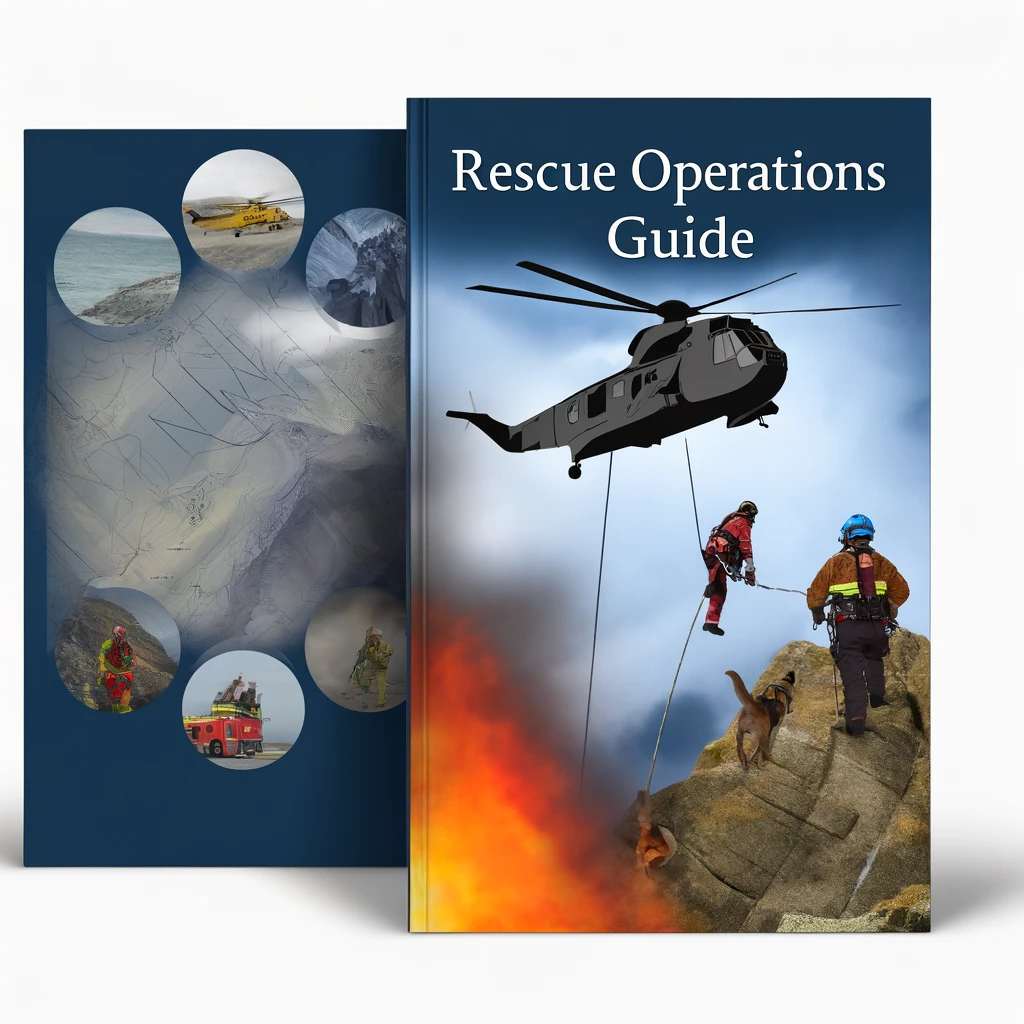In the critical moments of an emergency, the knowledge and execution of effective rescue operations can mean the difference between life and death. As a safety instructor, I’m here to guide you through the essentials of rescue operations, providing you with the knowledge and skills necessary to perform efficiently and safely in high-pressure situations. An informative, engaging, and relevant guide is presented in this article to assist you in comprehending the complexities of rescue operations in a better way.
Understanding the Basics of Rescue Operations
Rescue operations are complex procedures that require a high level of skill, knowledge, and courage. Individuals are saved from perilous or life-threatening circumstances, including but not limited to natural disasters, accidents, or hazardous surroundings, by undertaking specific measures. The primary goal is to safely remove individuals from harm and provide them with necessary medical care as quickly as possible.
Critical Principles of Effective Rescue
Successful rescue operations hinge on several fundamental principles:
- Rapid Assessment: Quickly evaluate the situation to understand the risks and requirements.
- Safety First: Ensuring the safety of rescuers and victims at all times.
- Effective Communication: Maintaining clear and constant communication among all team members.
- Skilled Execution: Utilizing proper techniques and equipment to perform the rescue safely.
Techniques and Equipment in Rescue Operations
The specifics of rescue operations vary depending on the situation, but specific techniques and pieces of equipment are fundamental.
Technical Rescue Techniques
Technical rescue techniques involve specialized skills for situations like swift water rescue, confined space rescue, and high-angle (or rope) rescue. Mastery of these techniques requires rigorous training and a deep understanding of the risks involved.
Essential Rescue Equipment
The right equipment is crucial for effective rescue operations. This includes personal protective equipment (PPE), such as helmets and gloves, specialized tools like hydraulic cutters for vehicle extrication, ropes and harnesses for rope rescues, and stretchers or baskets for transporting victims.
Planning and Coordination in Rescue Operations
Effective rescue operations require meticulous planning and coordination. This involves understanding the roles and responsibilities of each team member, establishing a transparent chain of command, and preparing for various scenarios.
Developing a Rescue Plan
A well-thought-out rescue plan is vital. This plan should include detailed information on the approach, equipment needed, roles of team members, and contingency plans for potential complications.
Importance of Team Coordination
Team coordination cannot be overstated. Rescue operations involve multiple individuals and agencies working together. Synchronizing these efforts through effective communication and leadership is essential for the operation’s success.
Practical Tips for Successful Rescue Operations
To enhance your effectiveness in rescue operations, consider these practical tips:
- Stay Calm: Maintaining composure in high-pressure situations is crucial for clear thinking and effective decision-making.
- Prioritize Training: Regular and rigorous training ensures that your skills remain sharp and that you’re prepared for new challenges.
- Understand Your Equipment: Familiarize yourself thoroughly with all the equipment you might need to use.
- Learn from Experience: Analyze past rescue operations, including successes and failures, to improve future responses.
FAQs on Rescue Operations
Q: What is the most critical aspect of rescue operations?
A: The safety of both the rescuers and the victims is paramount. Ensuring that operations are conducted safely minimizes the risk of additional harm.
Q: How can I get involved in rescue operations?
A: Getting involved typically requires undergoing specific training with organizations such as the Red Cross, fire departments, or specialized rescue teams.
Q: Can civilians participate in rescue operations?
A: While civilians can provide valuable assistance in certain situations, it’s essential that they do not put themselves or others at additional risk. Training and coordination with professional responders are crucial.
Q: How often should rescue equipment be checked?
A: Rescue equipment should be inspected regularly and always before use in an operation to ensure it is in proper working condition.
Conclusion
Rescue operations are a vital component of emergency response, requiring a high degree of skill, preparation, and courage. By understanding the basics, mastering essential techniques, and adhering to best practices, you can significantly improve the outcomes of these critical situations. Remember, the goal of rescue operations is not just to save lives but to do so in a manner that ensures the safety of all involved.
The knowledge and skills involved in rescue operations are extensive, but with dedication and proper training, they are within reach. Whether you’re a seasoned professional or a civilian eager to contribute, there’s always room to grow and improve. By staying calm, prioritizing safety, and continuously seeking to enhance your skills, you’ll be better prepared to make a difference when it matters most.
Rescue operations demand the best of us—our courage, our compassion, and our competence. Let’s commit to being ready for the sake of those we may one day need to save. Join the ranks of those prepared to respond and become an integral part of the lifesaving chain. Your actions, no matter how small, can have a profound impact.

